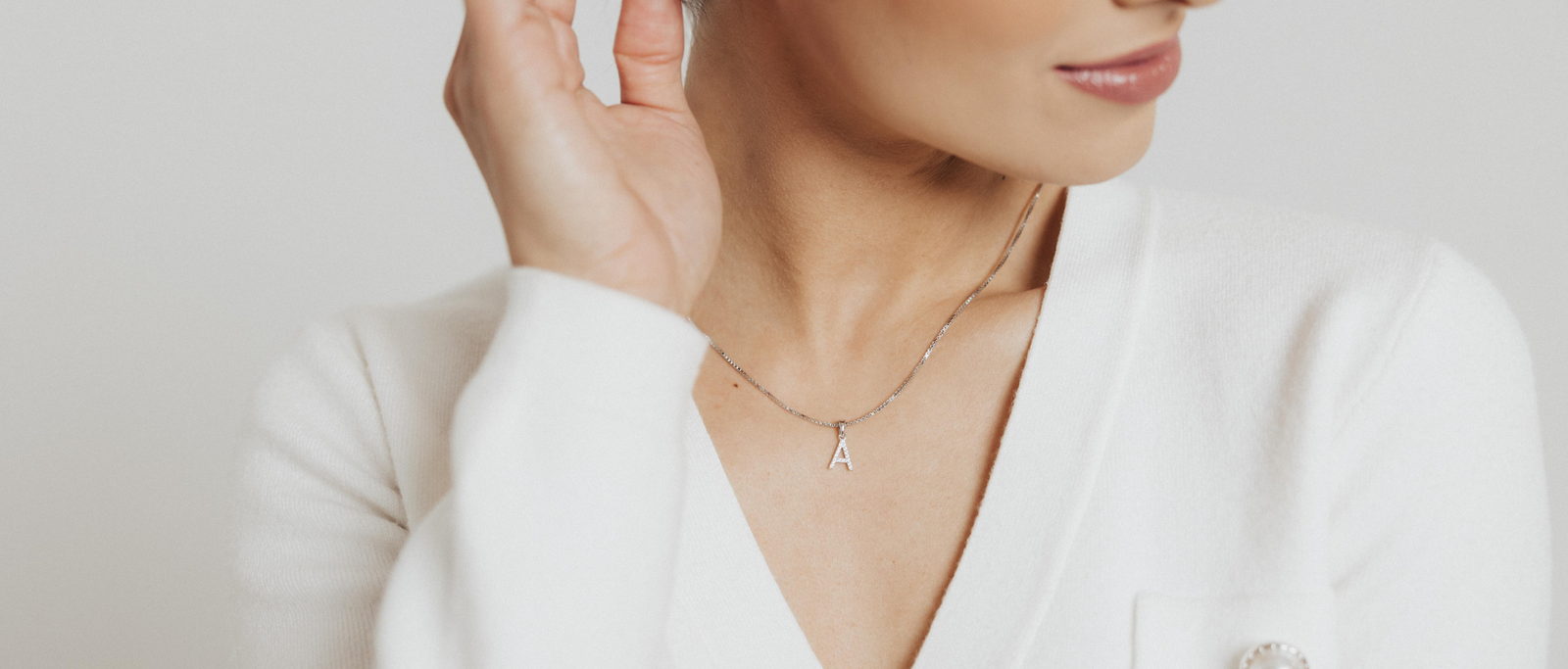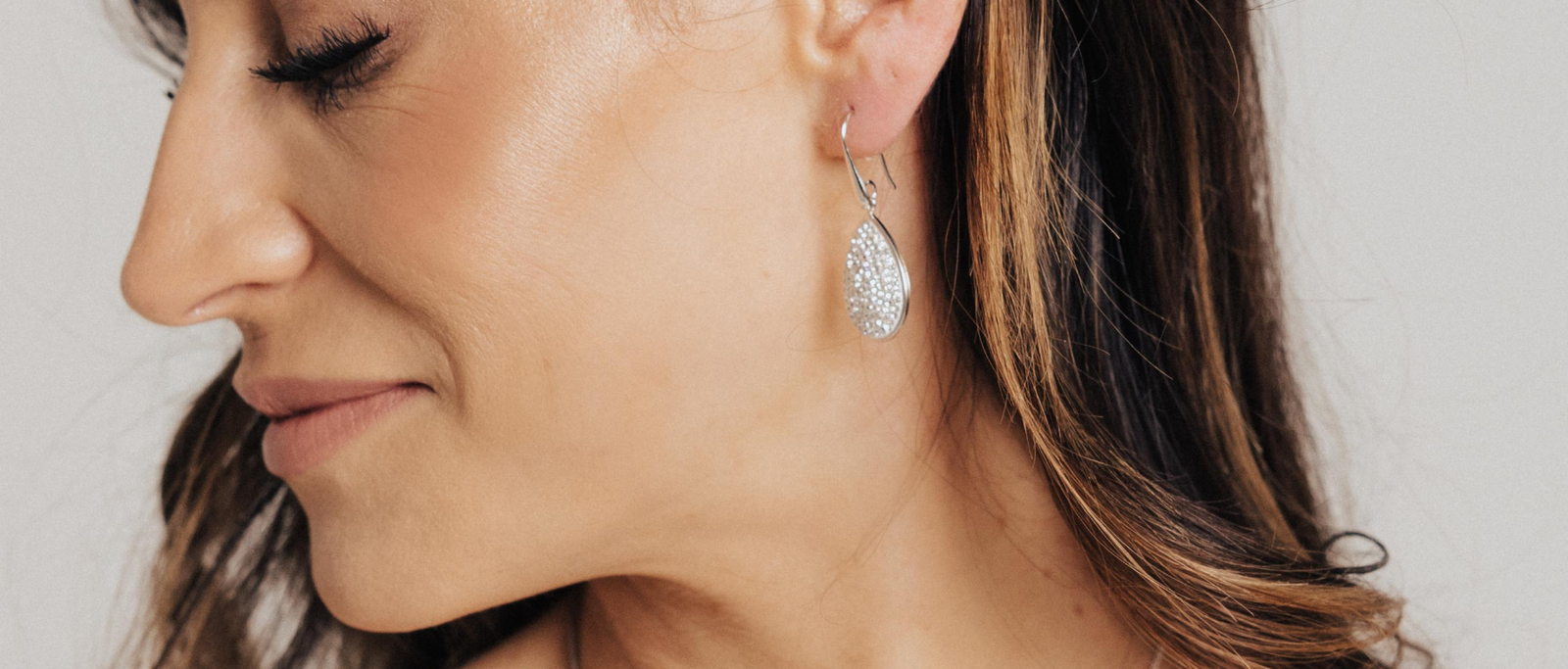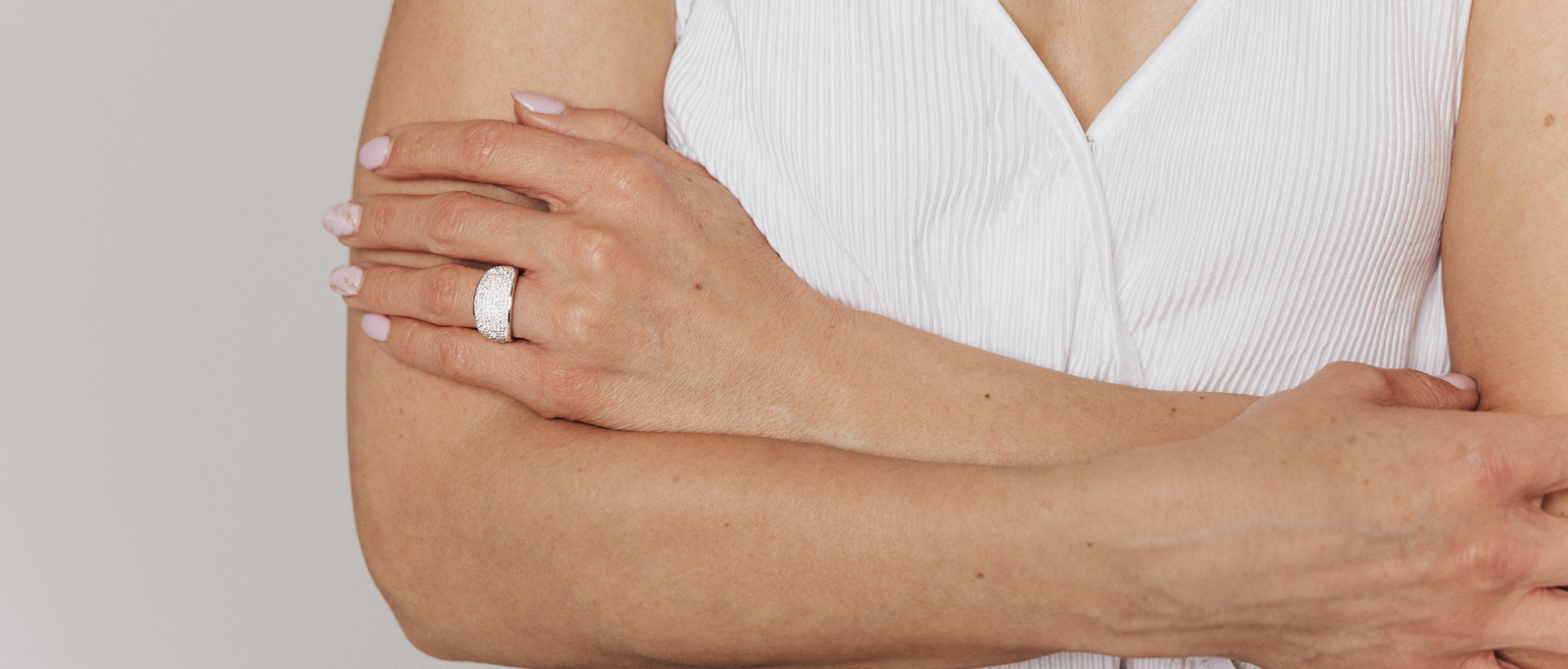How to Verify if a Crystal Is Genuine | Top 9 Tips & Common Impersonations
Keyword(s): how to tell if a crystal is real
As alternative wellness practices become more prevalent, it’s evident that a new era of stone appreciation has dawned. In recent years, the American appetite for imported crystals and gemstones has surged like never before, with an increasing number of people selecting stones for their mystical qualities, health benefits, and ornamental beauty.
Due to this soaring demand, suppliers often face challenges in keeping stock, sometimes resorting to dubious sources. Counterfeit crystals and fake gemstones are rampant, making it difficult to discern a real crystal’s authenticity.
Luckily, there are several strategies to help distinguish authentic crystals from their imitations. Here’s what you should be aware of.
1. Price

One of the initial indicators of a crystal’s authenticity is its price. If an offer seems unusually affordable, it’s likely suspect!
Authentic crystals often come with a higher price tag, reflecting their rarity and genuineness. Though prices vary according to the type of crystal, acquiring any crystal for a mere handful of dollars is unrealistic.
When a retailer, particularly an online one, offers stones at a surprisingly low cost, proceed with vigilance! Evaluate the stone using the methods below to determine its legitimacy.
2. Unfamiliar Names and Sources

Strange details regarding the crystal you’re purchasing should be viewed with suspicion.
Certain sellers list crystals under whimsical, quirky, or deceptive names, assuming the buyer won’t recognize the rarity the name implies or that it has been fabricated altogether.
Additionally, a seller might note an unusual place of origin for the crystal. For instance, specific types of jasper only originate from Madagascar, raising suspicions if sourced elsewhere.
If the seller appears uncertain or reluctant to provide straight answers about the crystal’s name or origin, it’s best to avoid the purchase! This is even more crucial with expensive gemstone jewelry. Should you decide to buy the stone, employ the following methods to ascertain its authenticity.
3. Color

Each genuine crystal is unique, exhibiting different shades and color distributions. While some may have darker patches or variations, others might show minimal changes in color.
To visually determine authenticity, perform a quick online search to find images of the crystal type you own. Compare its color distribution to the photos online.
For instance, natural amethyst features a mix of purple and lavender, whereas clear quartz showcases little to no color changes.
Watch for unnaturally bright hues, as fake crystals dyed artificially often exhibit saturated or neon shades. Signs of dye streaking or accumulation in cracks indicate a fake crystal.
In some cases, exposing the crystal to sunlight might fade the dye. If pigment comes off with a damp cloth, it’s undoubtedly a fake!
4. Surface Patterns

Genuine crystals often display intriguing surface patterns, including color flecks or patches with different minerals.
Such characteristics are pronounced around the edges, with authentic crystals exhibiting distinctive ridges, facets, dents, scratches, and indentations.
Conversely, fake crystals might appear overly perfect and polished. Symmetry, absence of flaws, and uniform patterns are red flags.
5. Internal Clarity

Earth-formed crystals are unique inside, often featuring small veins and fractures when semi-translucent. Scratches and minute particles are typical.
Such imperfections cause a crystal to appear blurry in areas, and genuine crystals tend to distort light, rendering images or text viewed through them hard to discern. Shining a flashlight through the crystal should reveal a hazy or opaque effect.
If the crystal appears too perfect internally, it might be synthetic or made of glass. Clear, polished, and highly transparent crystals are typically deceptive.
Air bubbles are another red flag—natural crystals rarely contain them, having formed under high pressure. Examine closely with a magnifying glass if necessary.
6. Weight

Most crystals develop under high pressure and contain various dense metals and minerals. Consequently, they should feel heavy when picked up. If you’re trying to identify crystal authenticity at home, these weight differences can be a useful indicator.
hold one in your grasp!
When comparing fake crystals to real ones, the counterfeits are generally lighter. They substitute minerals with materials like resin, plastic, acrylic, or glass. If the weight feels off, it might be a replica.
This method isn’t foolproof for all crystals. Amethyst, hematite, and fluorite can easily be imitated while maintaining the same weight as the originals.
7. Temperature

The temperature perceived when touching certain crystals might signal a problem.
Authentic crystals should feel cool. While they will warm up from skin contact over time, they won’t retain the heat for long.
In contrast, fake crystals often feel close to room temperature or lukewarm. They warm up quickly and retain heat for a noticeable period.
8. Scratch Test

Can’t determine authenticity with the previous methods? Try the scratch test.
Every crystal or gemstone has an inherent hardness, easily checked using the Mohs scale. If you don’t mind causing minor damage, this test can reveal if your stone is authentic.
For instance, a diamond shouldn’t be scratched by anything you own.
Topaz, however, can only be scratched by harder substances like ceramic or concrete. Conversely, glass can scratch turquoise, and a fingernail can mark malachite.
If your stone’s behavior differs from what’s expected on the Mohs scale, it might be fake.
9. Flame Test

Curious about using a lighter to test crystal authenticity? The flame test is commonly used to spot fake stones.
Natural crystals generally resist fire damage due to their hardness and lack of materials that melt or warp under heat.
Fake crystals often have components that react to heat, such as plastic or dyes that burn.
For this test, prioritize safety. Go outside and use a pair of tongs to hold the crystal over a candle flame for 15-20 seconds.
Signs like dripping, bubbling, smoke, odd smells, or warping indicate a fake.
However, this method fails on glass and isn’t safe for some crystals like amethyst and celestite, which might crack from heat.
Common Fakes

Some crystals are more frequently counterfeited, either because they are easy to fake or their high demand. Exercise extra caution when buying the following:
- Quartz
- Turquoise
- Jade
- Moldavite
- Obsidian
- Amethyst
- Lapiz Lazuli
- Citrine
- Agate
- Tanzanite
- Larimar
- Peridot
- Malachite
- Fluorite
- Opal
- Ruby
When purchasing any of these crystals, use the above tips to verify their authenticity.
Know How to Tell if a Crystal Is Real
For those passionate about acquiring natural stones, knowing how to distinguish real crystals is crucial. Utilize the tips provided to differentiate authentic stones from fakes.
For absolute certainty when purchasing genuine crystals or gemstones, consider an easy solution: buy from Artful Bracelets! All our gemstones are genuine, so you don’t have to test each piece. Browse our collections today or contact us for more information.
←



